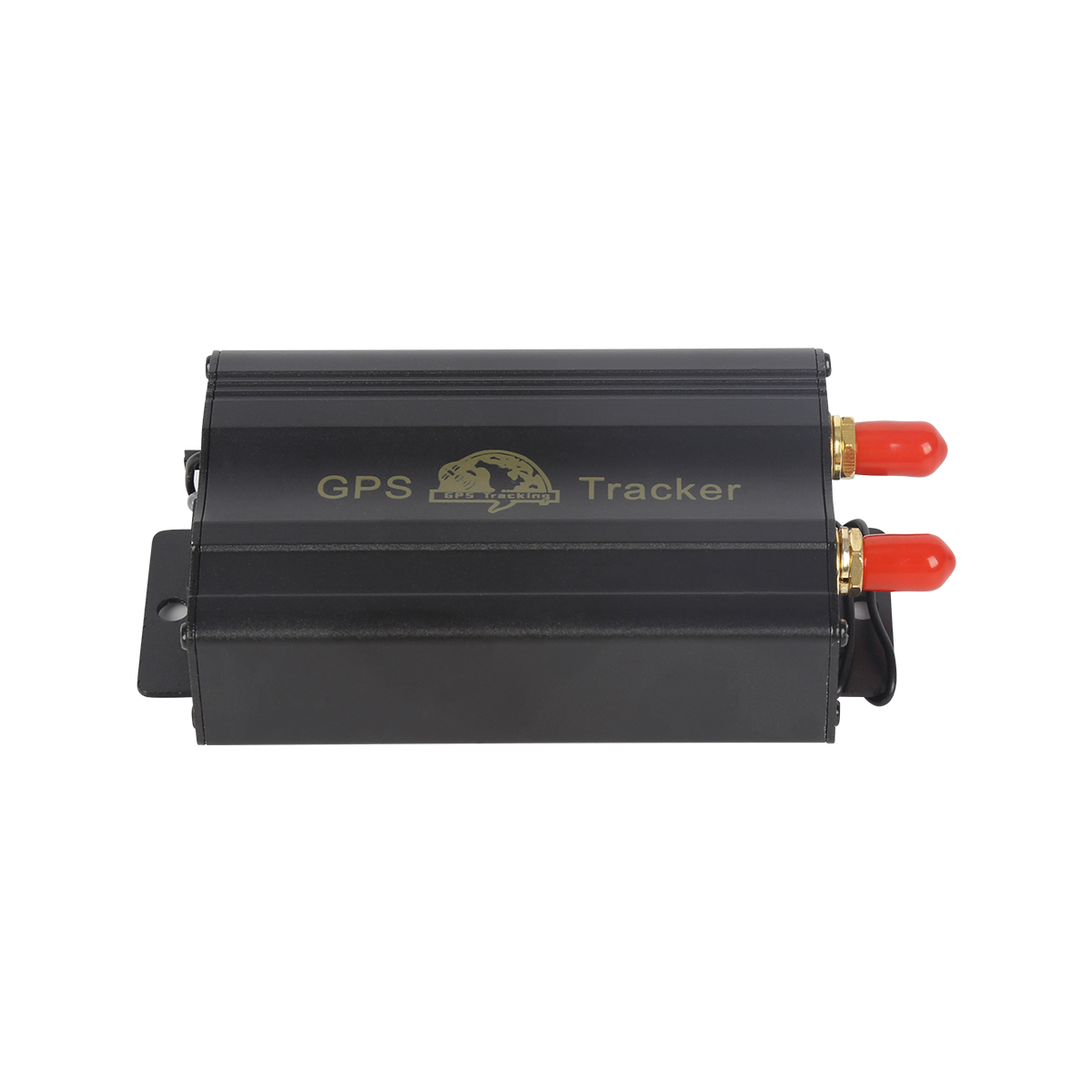source:truck tracking webfleet solutions release time:2023-11-09 Hits: Popular:realtime gps tracker online

The concept of GPS originated from the space race during the Cold War, when scientists tracked the position of satellites through changes in the "Doppler effect" of radio signals. The US Navy conducted satellite navigation tests in the mid-1960s to provide positioning services for US submarines equipped with nuclear missiles. Through six polar satellites, submarines are able to capture Doppler signals from satellites and determine their position within minutes, which is the precursor of GPS.
In the early 1970s, the US Department of Defense wanted to have a powerful and stable satellite navigation system, and based on the previous ideas of naval scientists, decided to use satellites to build the navigation system. Subsequently, in 1978, the United States Department of Defense launched the first navigation satellite with timing and ranging functions. The entire GPS system 2 was deployed as a constellation in 1994 and put into full operation and service.
Today, there are 32 GPS satellites in operation, covering the Earth and affecting every aspect of our lives. GPS currently provides two levels of services, namely the Standard Positioning Service (SPS) using coarse acquisition (C/A) codes on the L1 frequency, and the Precision Positioning Service (PPS) using P (Y) codes on both L1 and L2 frequencies. The use of precision positioning services is strictly restricted by the United States Air Force, federal agencies, and some allied armed forces and governments. All users worldwide can continuously use standard positioning services without charging any fees to direct users.
With the advancement of technology, the US government is also modernizing and updating its GPS satellite system. Currently, we are attempting to add two civilian signal channels to the GPS signal, 1) adding the second civilian signal L2C of 1227.60MHz to the GPSL2 frequency to meet the needs of high-precision scientific applications; 2) Add a third civilian signal L5 with a frequency of 1176.45MHz to meet the critical life and production safety needs of civil aviation and other industries. In addition, it is also planned to add the fourth civilian signal L1C to the GPS signal to achieve interoperability with other GNSS systems, such as Galileo from the European Union and GLONASS from Russia. This fourth signal will be added to the GPSBlock III satellite and is currently under development. GPS will be the main wireless navigation system provided by the US federal government and will be expanded and improved to meet future requirements for navigation positioning accuracy, coverage, availability, continuity, and integrity.
Read recommendations:
Last article:Gps speed limiter.Who invented GPS? People behind the Global Positioning System
Next article:Gps speed limiter.The significance of installing GPS positioning system in automobile delivery vehic
Related Information
van tracker webfleet solutions
2023-03-16plug & play Obd gps tracker
2023-03-164G GPS Tracker for vehicles maker
2023-04-23SecumorePlus
2023-03-16gps tracker fur auto webfleet solutions
2023-03-16fleet gps trackers company
2023-04-23gps vehicle tracker Production
2023-04-23real-time gps tracking Processing
2023-04-234G GPS Tracker company
2023-04-23rastreadores gps
2023-03-16TK100N- Multi functional GPS Tracker
2023-10-06TK08AL- RFID Car GPS Tracker
2023-10-07G183 serials -JOBD GPS Tracker
2022-09-06G03
2022-06-21Mini Sized GPS Tracker PCBA
2022-06-17Introduce the different types of the positioner
2023-03-07Beidou Satellite Positioner.hang tag button manufacture
2023-06-06Application of GPS Locator in Logistics Management
2022-12-08GPS installation steps
2022-10-08The strategic role of GPS satellite positioning system and commercial interests.gps tracker no month
2023-04-13Fleet management.Analysis of users' demand for monitoring services of car GPS positioning systems
2023-11-03Gps speed limiter.C/S version client vehicle management and scheduling system
2023-11-11Composition of GPS clock system.portable gps tracker company
2023-07-07mini gps tracker.GPS operation vehicle management platform service provider positioning platform req
2023-11-07The following aspects mainly affect the performance of GPS antenna
2022-11-12The application of GPS in the traffic system.plug & play Obd gps tracker Manufacturing
2023-04-23mini gps tracker.What should be noted when installing Beidou/GPS positioners on electric vehicles
2023-10-28Compared with the difference between Beidou positioning and GPS positioning.gps tracker for trailer
2023-06-17How to purchase GPS.gps tracker with magnet distributors
2023-08-25What is the difference between the Internet of Things card or mobile phone SIM card used?truck track
2023-03-23